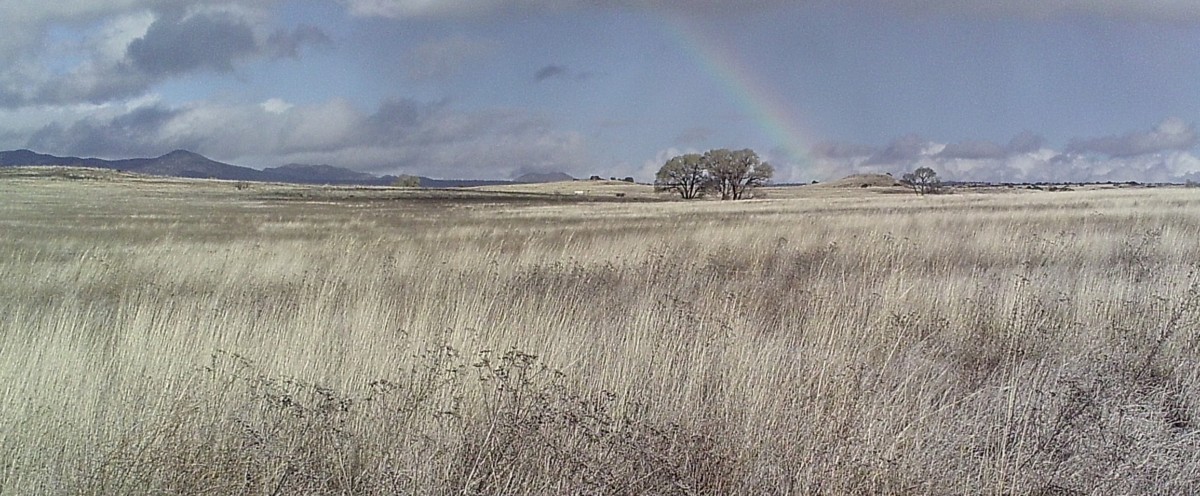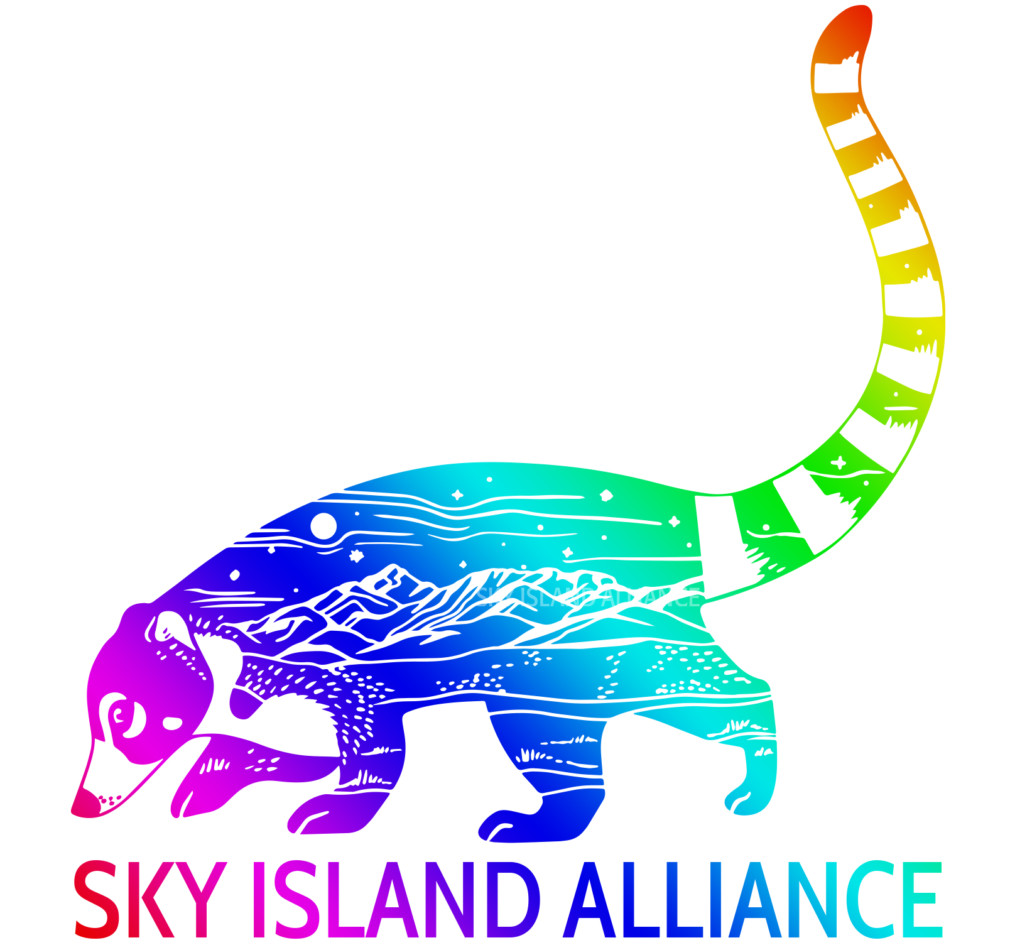
Many of the faces, and facets of conservation and environmentalism in the U.S. are not visible or celebrated. When I look back on my own conservation biology studies, I remember the predominant focus on white men like Theodore Roosevelt, John Muir, Gifford Pinchot, and others who played a prominent role in developing the system of public lands in the U.S. These men also espoused racist and sexist ideas, and their legacy of white supremacy in conservation of wildlife and wild lands lives today – with the white homogeneity of major U.S. environmental organizations and government agencies. But there is a much richer history to our relationship to nature and how people have worked to sustain it that often goes unseen and untold. There are many stories and lenses through which to view and celebrate conserving nature.
We believe in the importance of recognizing, understanding, and shining a light on the diverse voices and people who care for nature, clean air and water, and are fighting to respond to our climate emergency. We also celebrate those who helped shape conservation science and look after the diverse lands that are now National Parks, Wilderness areas, National Forests and other protected public lands.
In the coming months, we’ll be featuring conservation stories that further our understanding of diverse people and perspectives in order to build a more inclusive conservation movement.
June is LGBTQ+ Pride month in honor and remembrance of the 1969 Stonewall Uprising and this year marks the 50th anniversary of annual LGBTQ+ Pride traditions. On June 24, 2016, Stonewall National Monument was established as the 412th unit of the National Park system. It encompasses the Stonewall Inn and neighboring Christopher Park, in Greenwich Village, New York which is considered the birthplace of modern lesbian, gay, bisexual, transgender, and queer civil rights movement.
You can get to know other National Parks and Monuments that the U.S. National Park Service highlights as LGBTQ+ Heritage Parks here
One person who stood out for me in my conservation science studies was Rachel Carson. She is celebrated for her scientific expertise, courageous writing, and advocacy to document and publicize the destructive impacts of DDT on the natural world. She also addressed the larger issues of our disregard and exploitation of nature and questioned the attitude of industrial society toward the natural world. You may be familiar with her work and her well-known book Silent Spring. But what you may not know is that Rachel Carson was gay and lived during a time when homosexuality was considered illegal. Conducting science, writing her pivotal book, and raising her voice challenged the powerful chemical industry that was making profits while poisoning our water, fish, amphibians, and birds was truly an act of courageous resistance. Thanks in part to her work, DDT and other harmful chemicals were banned from use and the Environmental Protection Agency was formed.
This month we celebrate the LGBTQ+ community by sharing Rachel Carson’s teachings that humans can live alongside wildlife and wild lands, but only if we examine the impacts of our actions and change the way we live on this Earth. This includes changing how we treat our fellow humans—telling the full story of Native American people that were on the land first, acknowledging the tremendous contributions of diverse people who look after wildlife and wild lands, and celebrating the contributions of a myriad of people who have and continue to work to save our planet.
Resources for Learning, Finding Community, and Taking Action
Environmentalism’s Racist History, The New Yorker


